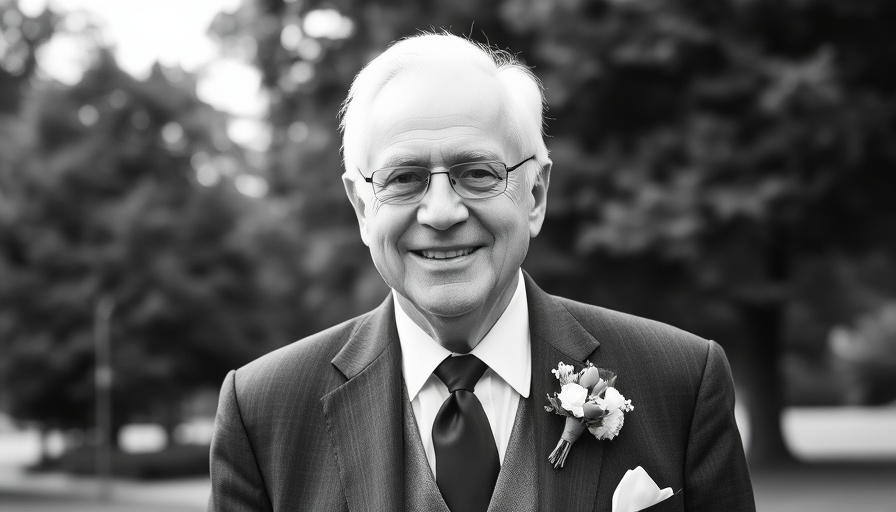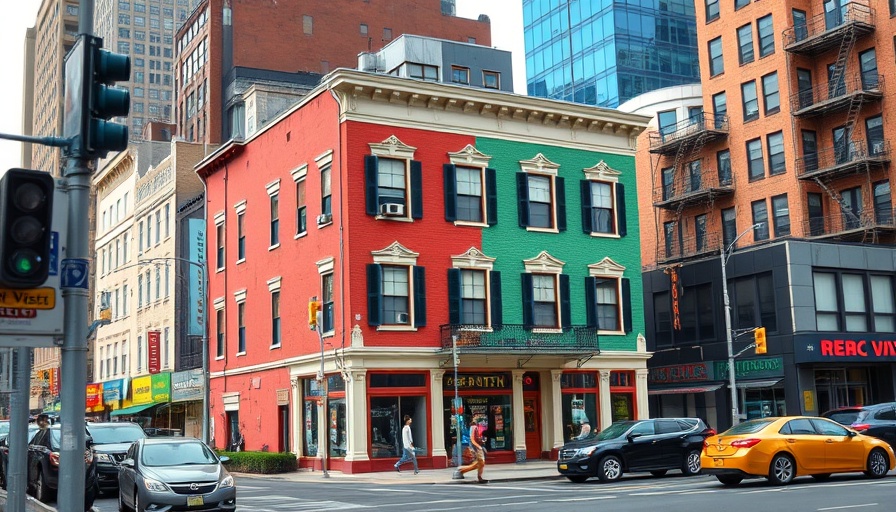
The Literary Heart of Greenwich Village
Greenwich Village, famously known for its revolutionary spirit and artistic vibe, has always held a privileged position in America's literary history. Many iconic writers made their homes in this vibrant neighborhood, particularly during the 19th century, a time marked by intense social change and creative expression. Affordable rents and an atmosphere teeming with intellectual discourse fostered an environment where poets, novelists, and philosophers thrived. Among them were literary giants like Thomas Paine, Edgar Allan Poe, and Mark Twain, each leaving an indelible mark on both the renaissance of American literature and the culture of the time.
Influential Authors who Shaped the Culture
Thomas Paine’s works, notably Common Sense, argued for American independence and ignited discussions that molded the nation. Paine's final years were spent in Greenwich Village, where he succumbed to the realities of a lost popularity that failed to appreciate his radical thoughts. Today, 'Marie’s Crisis Cafe', located at the site of his last residence, serves as an homage to this revolutionary thinker, immortalizing his spirit within the neighborhood.
Likewise, Edgar Allan Poe, often called the father of the modern horror story, spent formative years in Greenwich. His tales like The Tell-Tale Heart and The Raven emerged from his turbulent life, filled with personal tragedies and triumphs. His time in the Village not only shaped his narrative style but also introduced him to influential contemporaries who fostered his literary growth.
Money, Fame, and Literary Salons
The ambiance of Greenwich Village entwined artistic expression with social movements, leading to the creation of literary salons that provided vital forums for budding writers. Alongside Paine and Poe were pivotal figures like Mark Twain, who intertwined humor with sharp social critique and became a household name. Twain's various residences in the Village coincided with a prolific period of writing that resulted in classics that depict American life. His stories often highlighted the duality of human nature, a theme resonant in the diverse tapestry of the Village's literary heritage.
A Collective Legacy
This community of writers was not merely about individual achievements; they collectively produced iconic movements that transcended their personal narratives. The vibrancy of Greenwich Village during the 19th century birthed a culture that celebrated creativity and freedom of expression.
As creative professionals, particularly in law, accounting, and medicine today, understanding the legacy of Greenwich Village's literary figures can inspire innovative thinking and dedication to craft. Much like these writers pushed the boundaries of societal norms, take a moment to reflect on how your own profession can incorporate creativity and critical thinking to make groundbreaking contributions.
 Add Row
Add Row  Add Element
Add Element 



 Add Row
Add Row  Add
Add 
Write A Comment